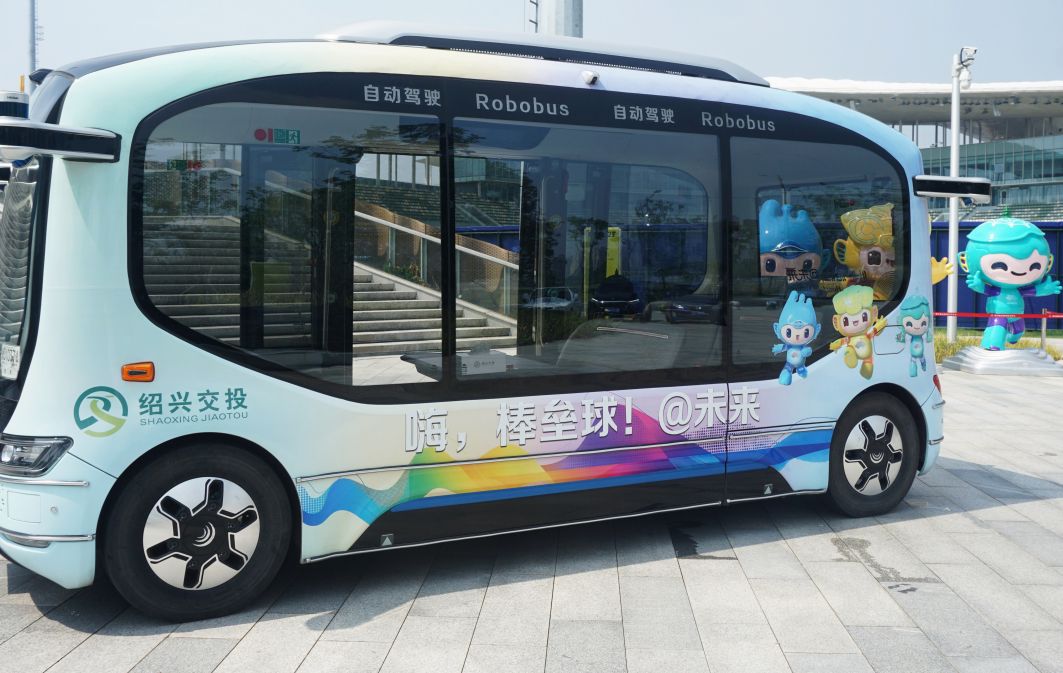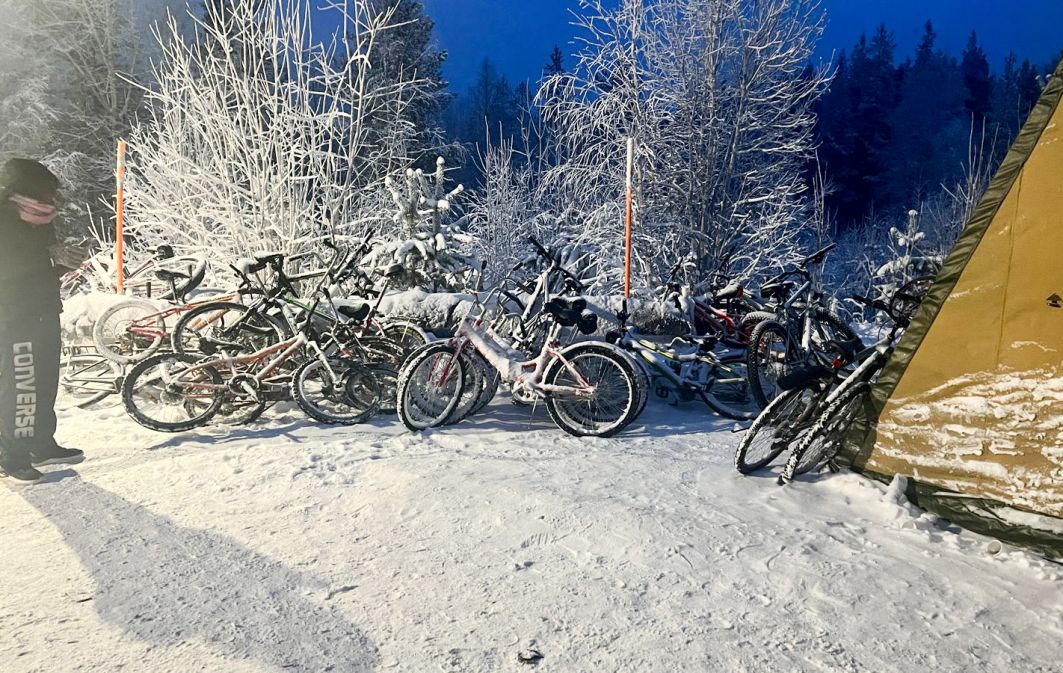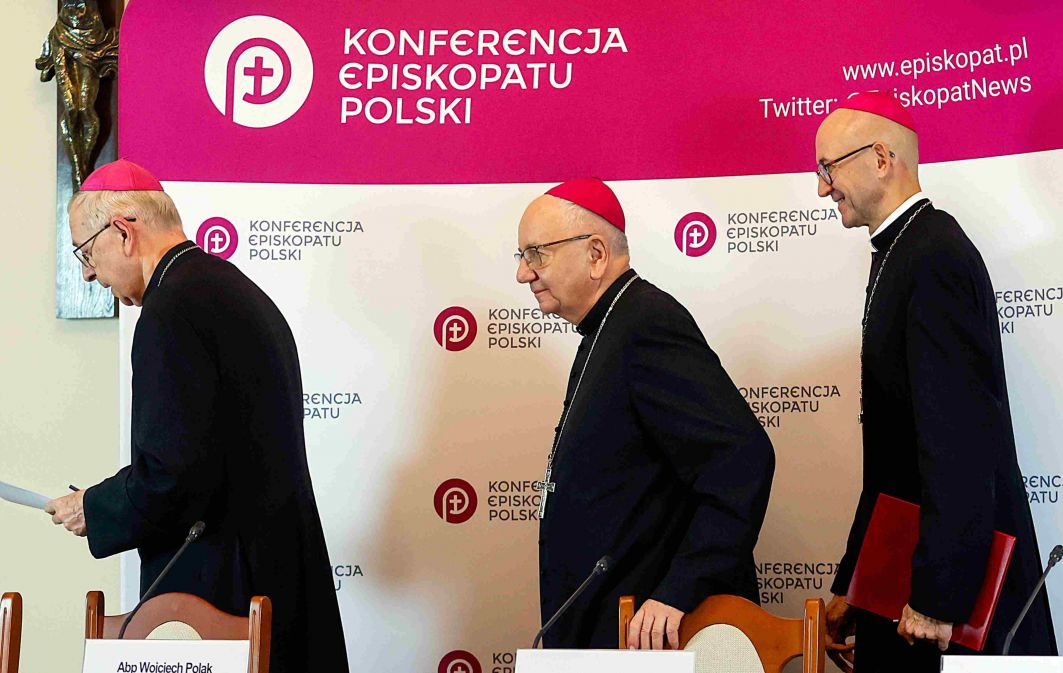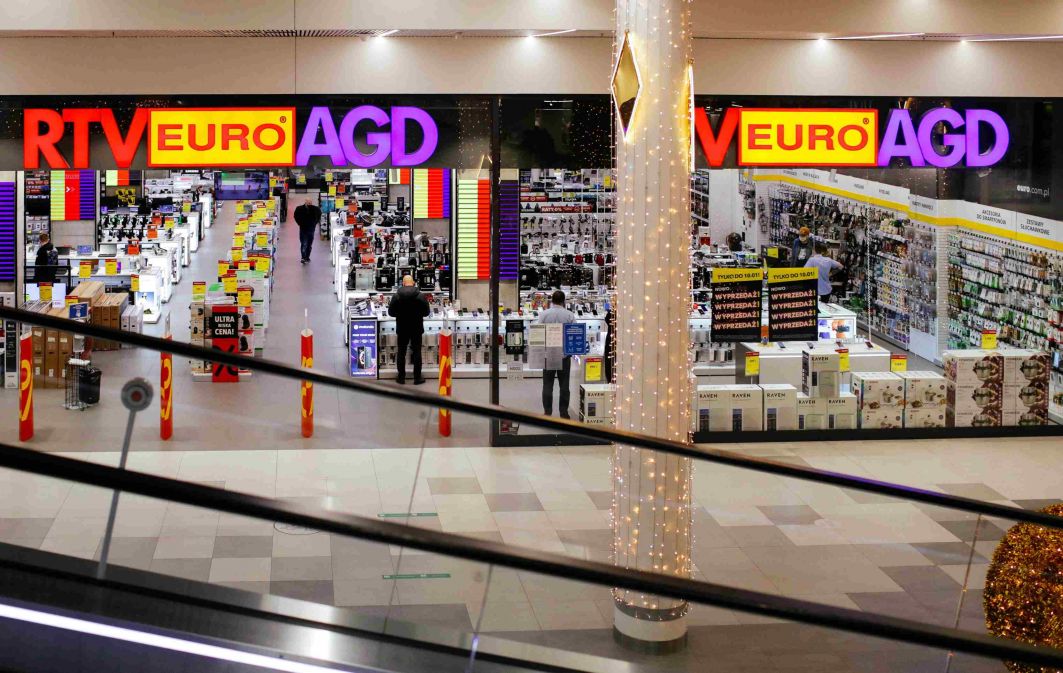But the idea about ennobling the worker or the poorer civil servant was in fact a product of the inter-war era. The idea was to furnish those who could not afford household staff or large apartments with decent and comfortable living conditions. It was the central idea of many architects and designers for instance, the Bauhaus group. It was about a holistic approach to living- from clothes to interior design to the living space . It was to be cheap and modern, aesthetic and practical. It was to call a halt to the dreariness of the everyday and labour saving devices were to be available to all, or almost all.
This concept dominated both sides during the cold war considering the ideological and material differences that entailed for the citizens.
I looked at the exhibition as an unrealistic fable. Then designers were truly concerned about the social fabric and standard of living. At least for those who later have become gurus of design and architecture.
A visit to “Retrotopia” does not fill you with optimism. There are no traces left from those ideologists. It’s true that cold war conflicts have ceased to play any role. But there are others defined by money. And what of pro-social projects? Forget it. Multimillionaires pull the strings, whatever the nationality. Russian oligarchs have not lost their influence, assets or residences in London, Paris, New York or Berlin.
Karl Marx once said “religion is the opium of the masses”. Now as a panaceum for frustration, depression and a feeling of hopelessness is the compulsive accumulation of goods. Berlin serves this role superbly like other capitals. The buyer buys medium cost, medium nice, medium necessary stuff. In this way the centres of cities are changing.
Who pays for the strike
The return from Berlin was expensive. The plane was to take us to Warsaw within an hour. All air traffic was closed on account of the strikes by German ground staff. We were offered the return with a two-day delay – board and lodging at our cost. The airlines washed their hands of the matter- it was not their fault. You had to go buy a ticket for a rail journey that was announced to be an hour late at the start. Who would reimburse us for this discomfort or delay? An appeal floating in the wind.
The conclusion was that the strike didn’t hit the corporations and had no tangible effects. The costs were borne by private travellers like me. In a sense, we balanced the losses from the strike in solidarity with the working classes.
–Monika Małkowska
TVP WEEKLY. Editorial team and jornalists
–Translated by Jan Darasz 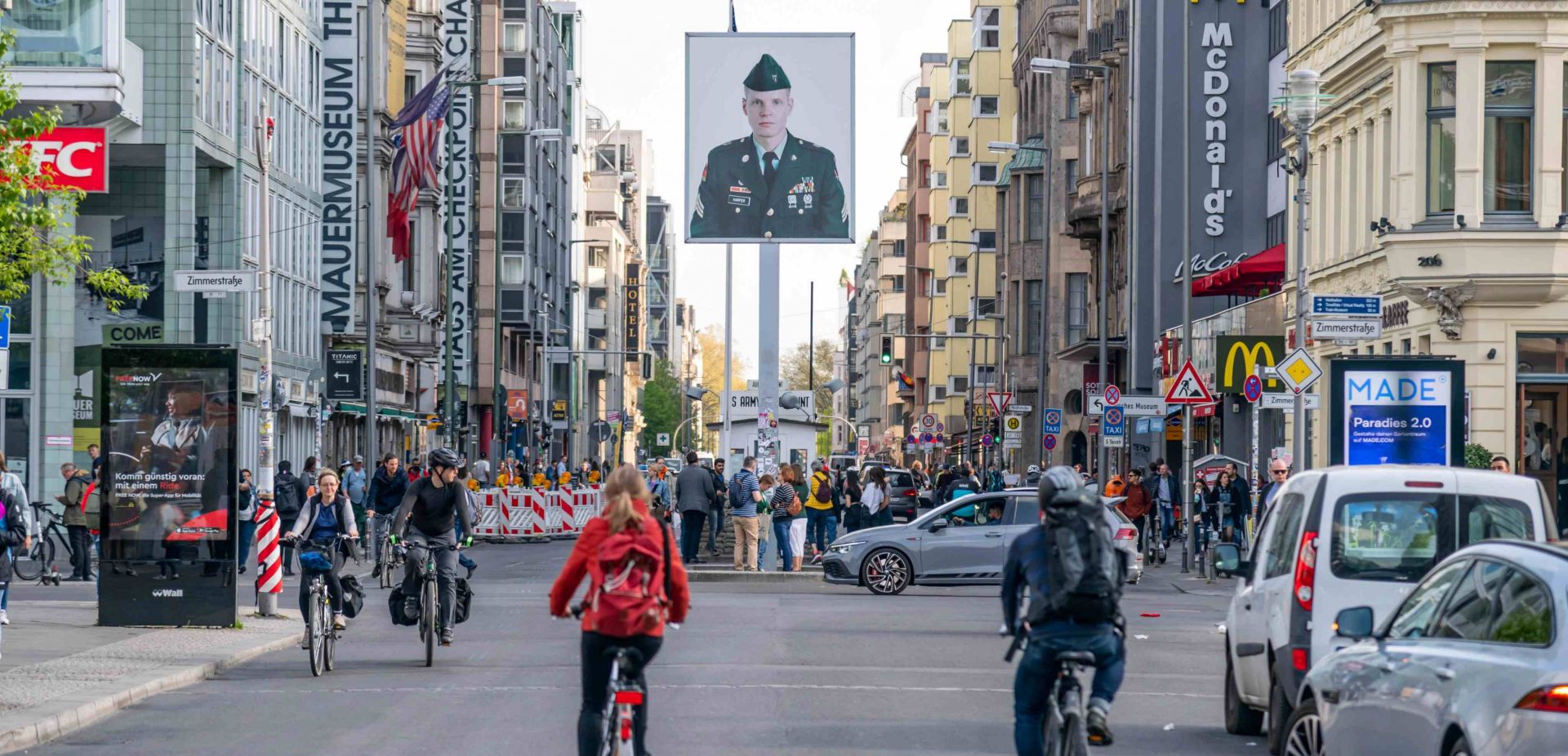
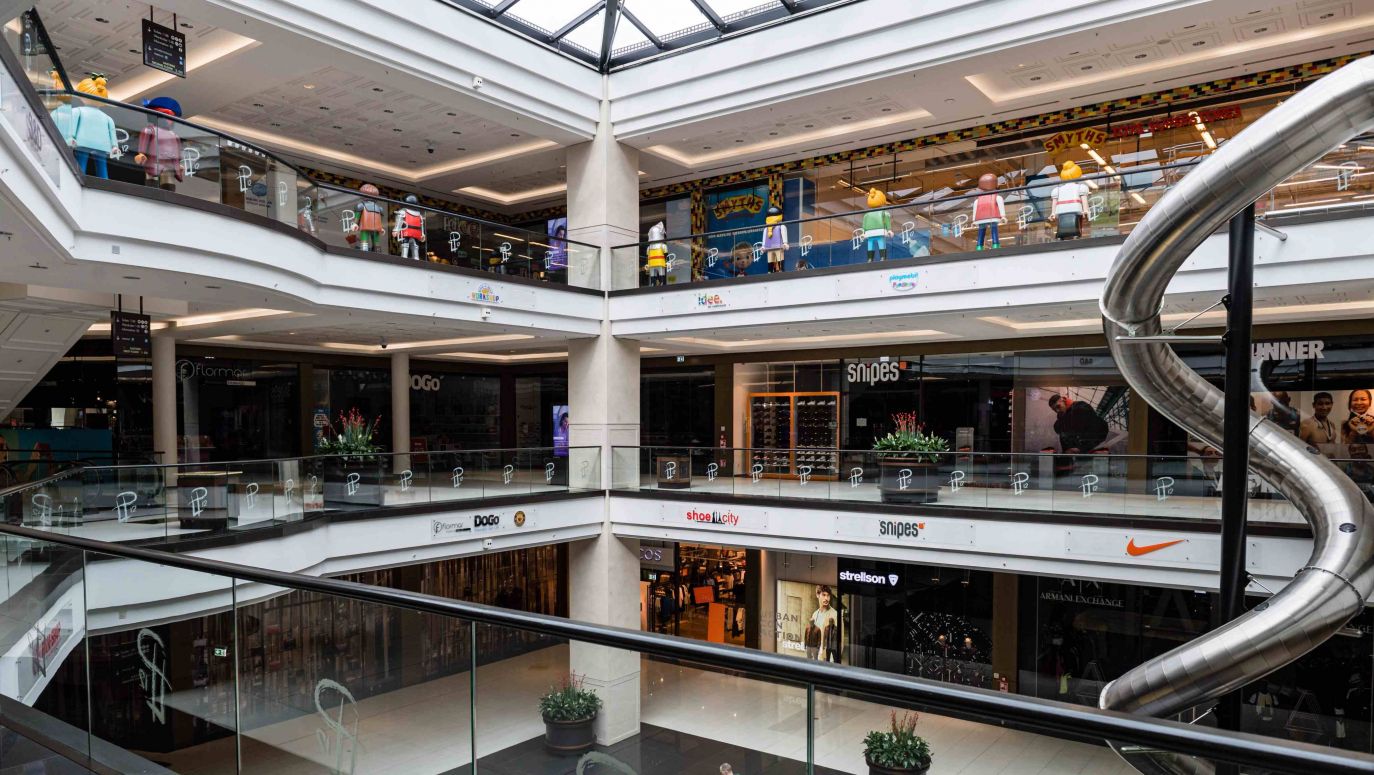
 SIGN UP TO OUR PAGE
SIGN UP TO OUR PAGE 

